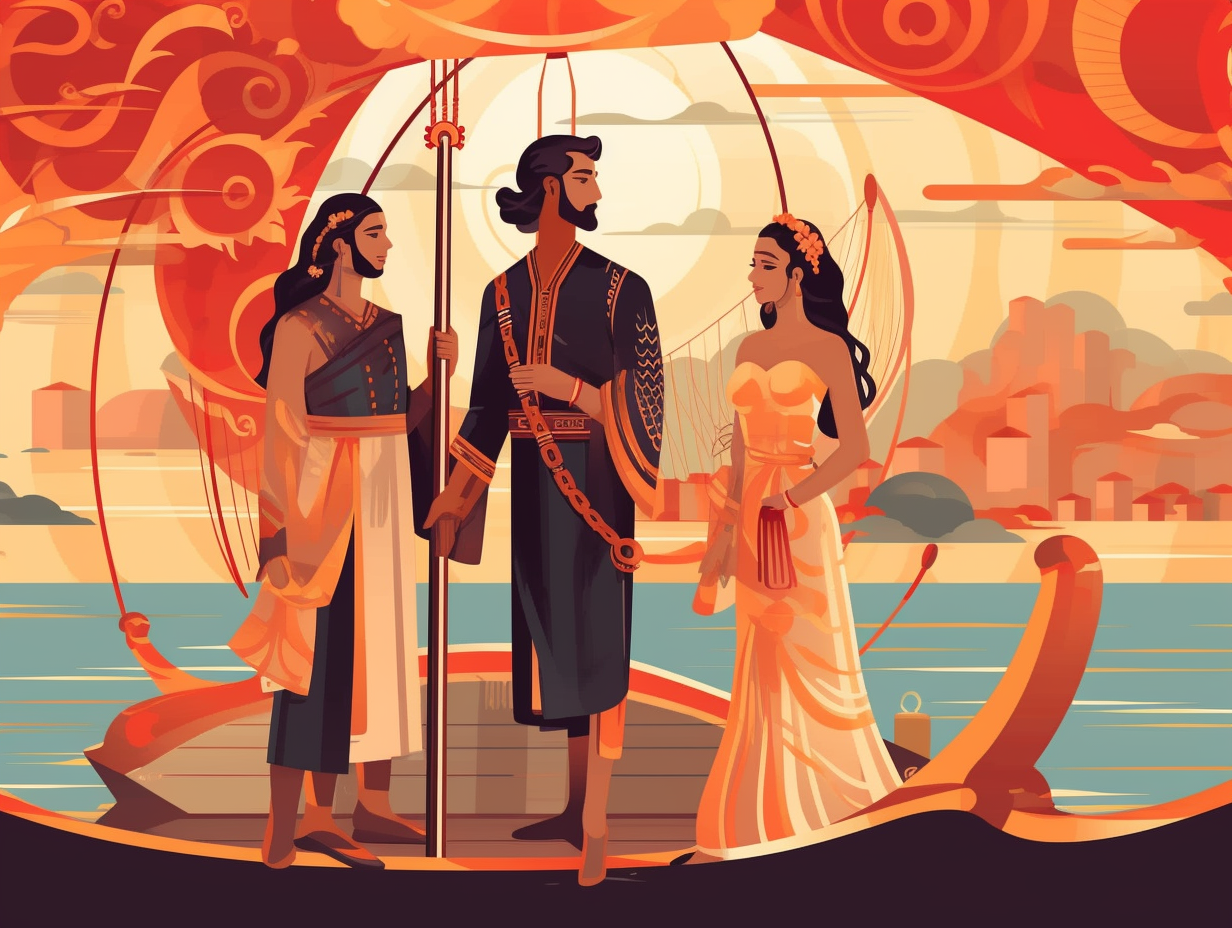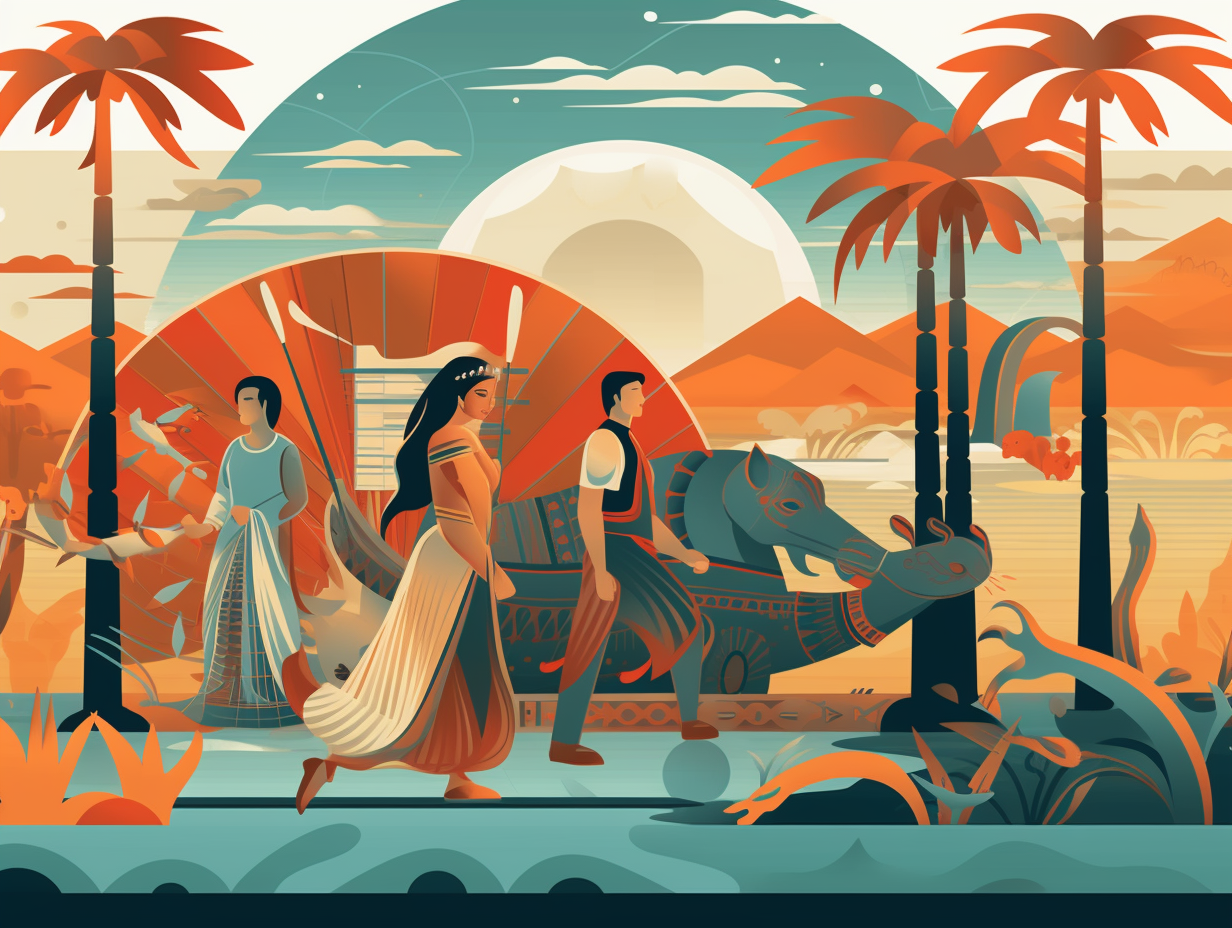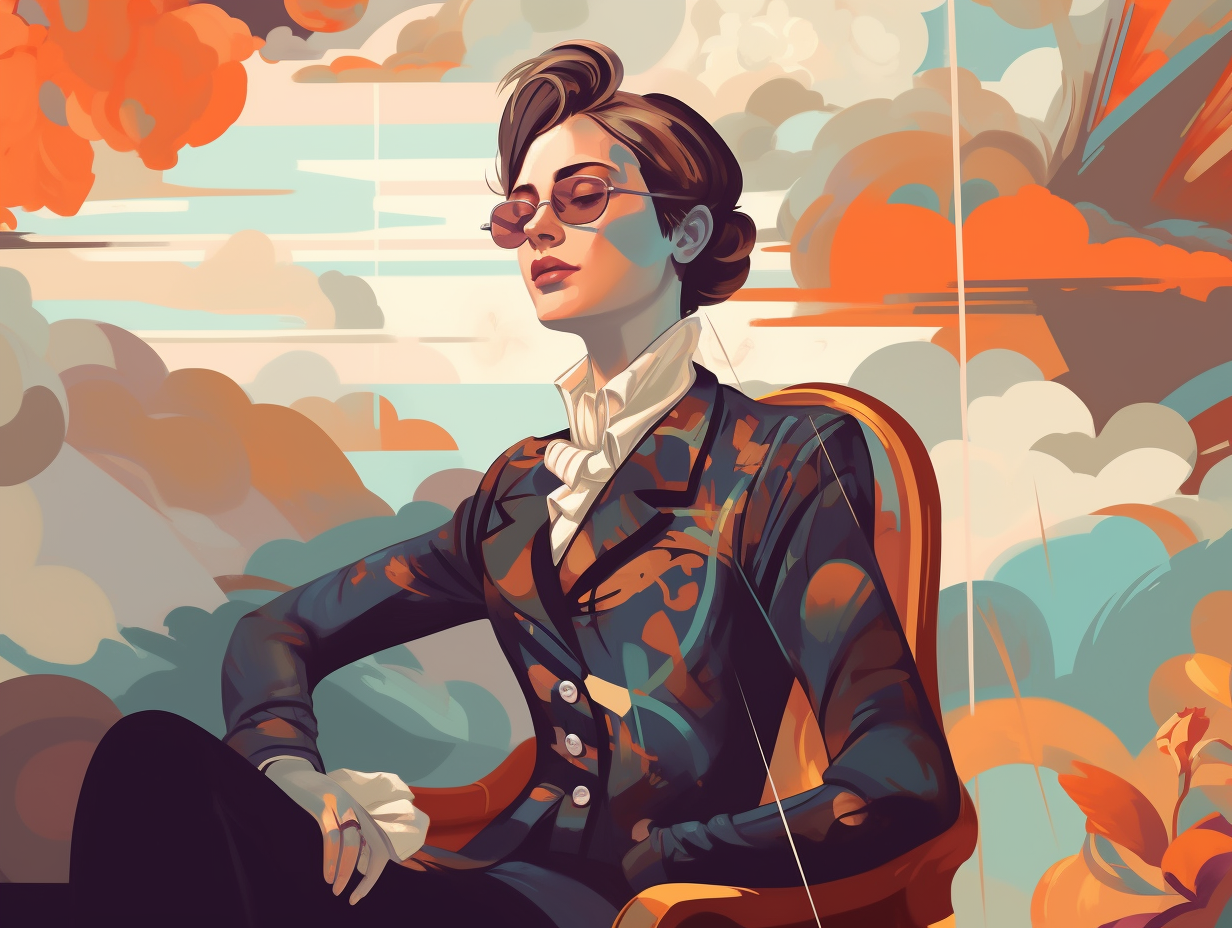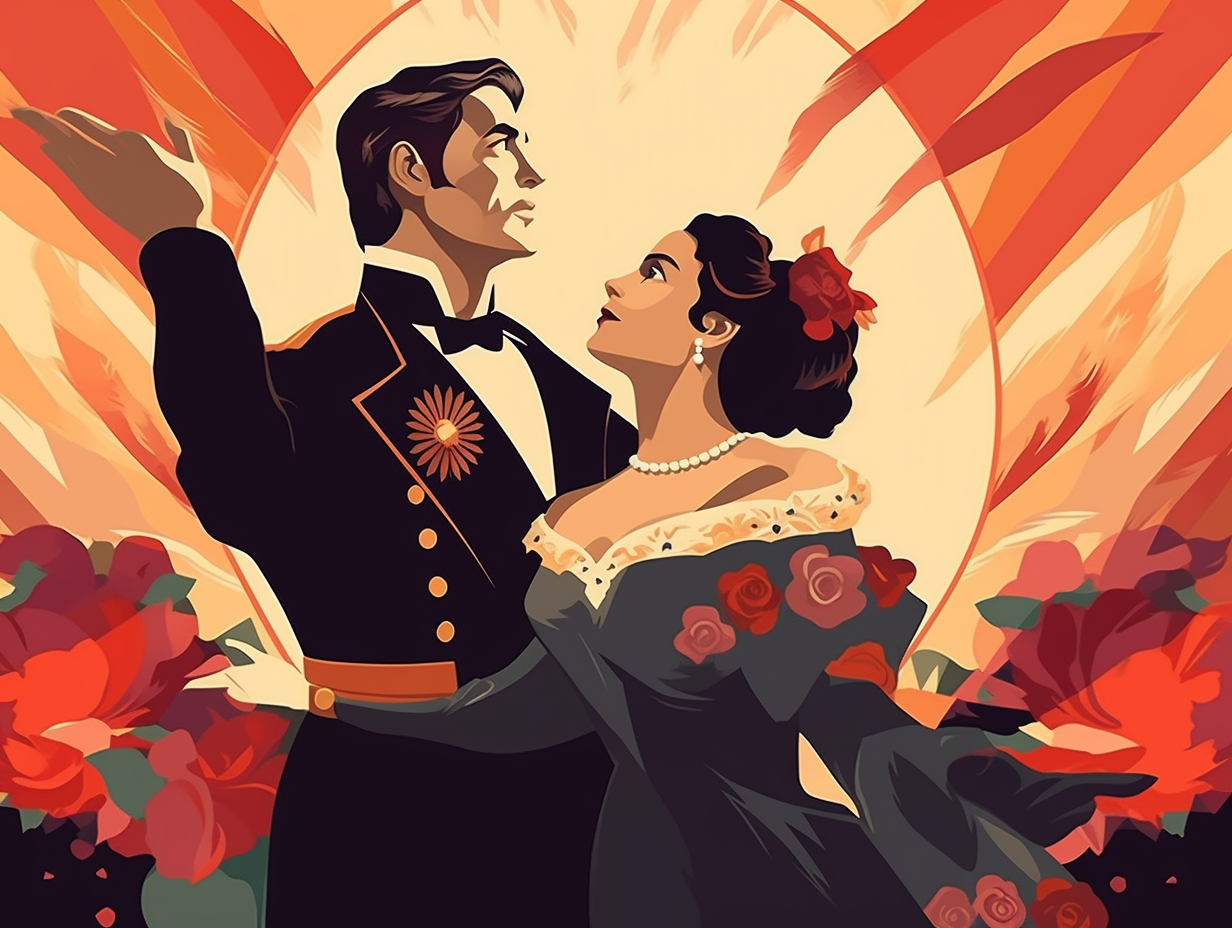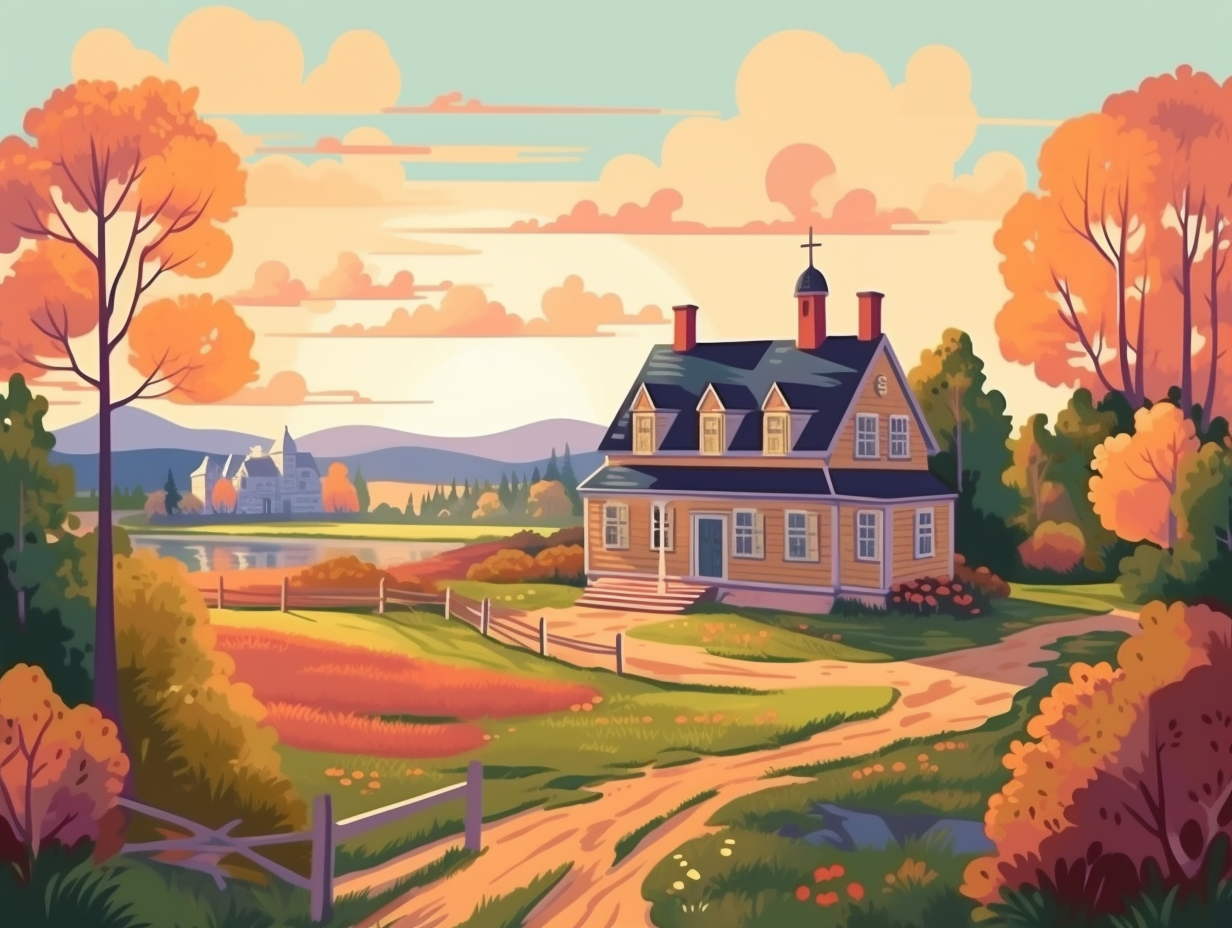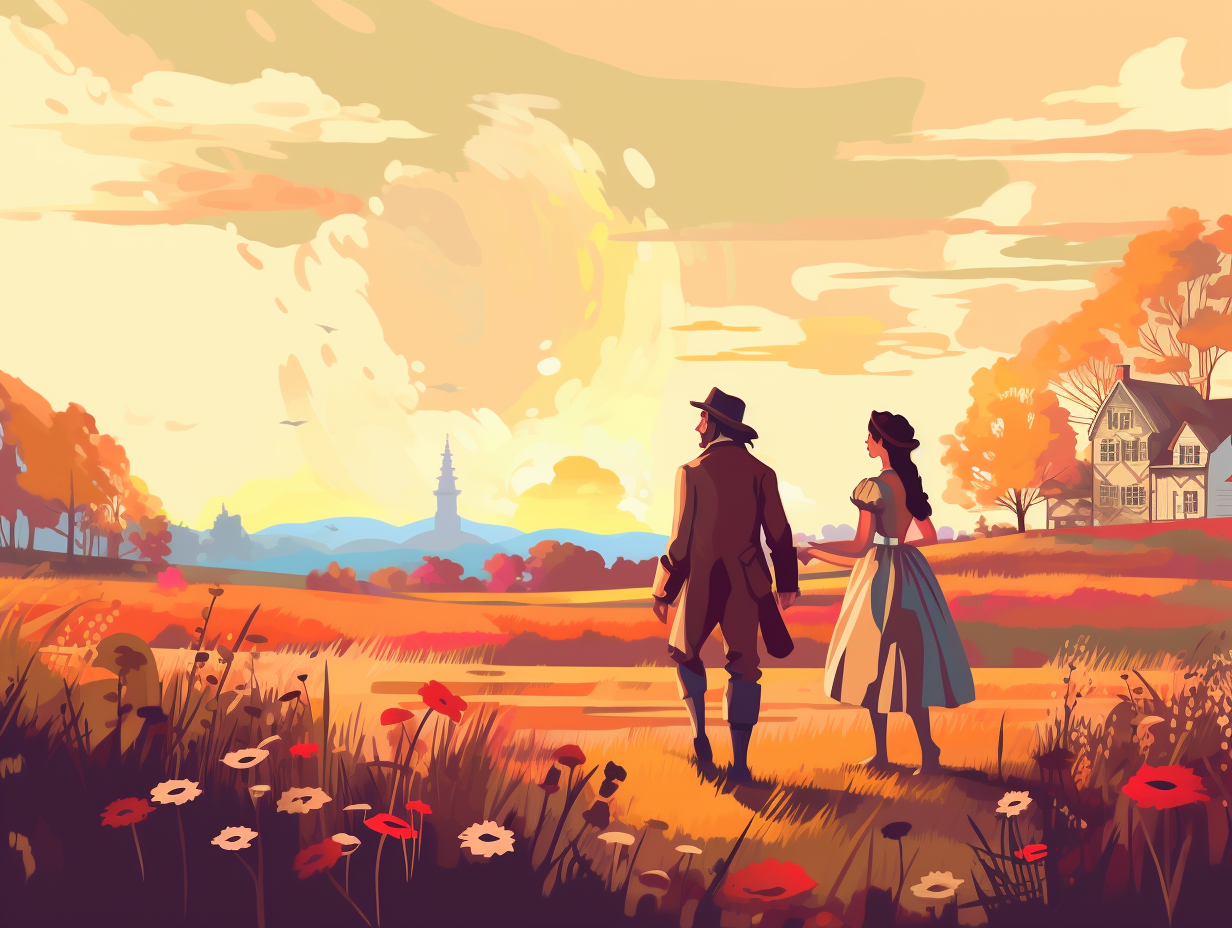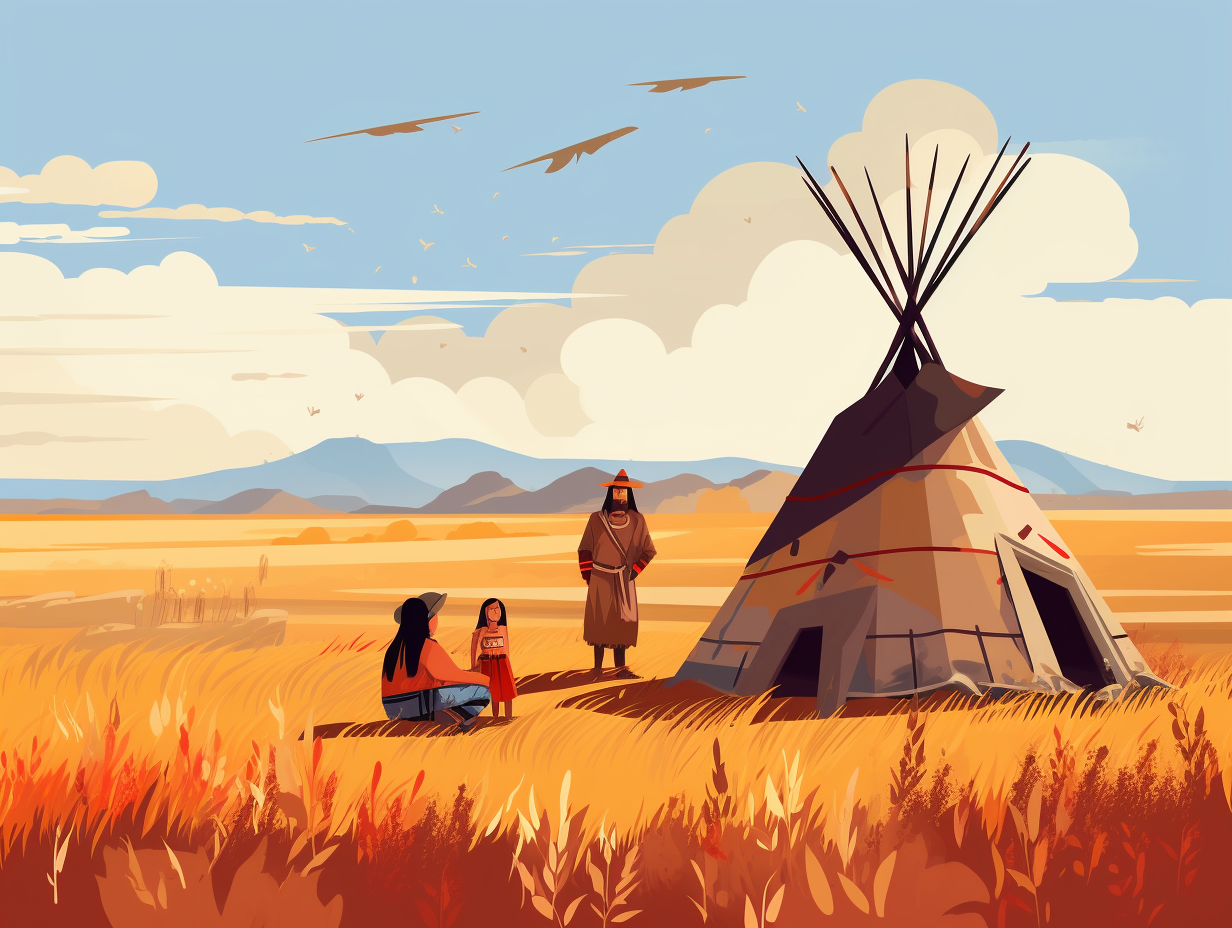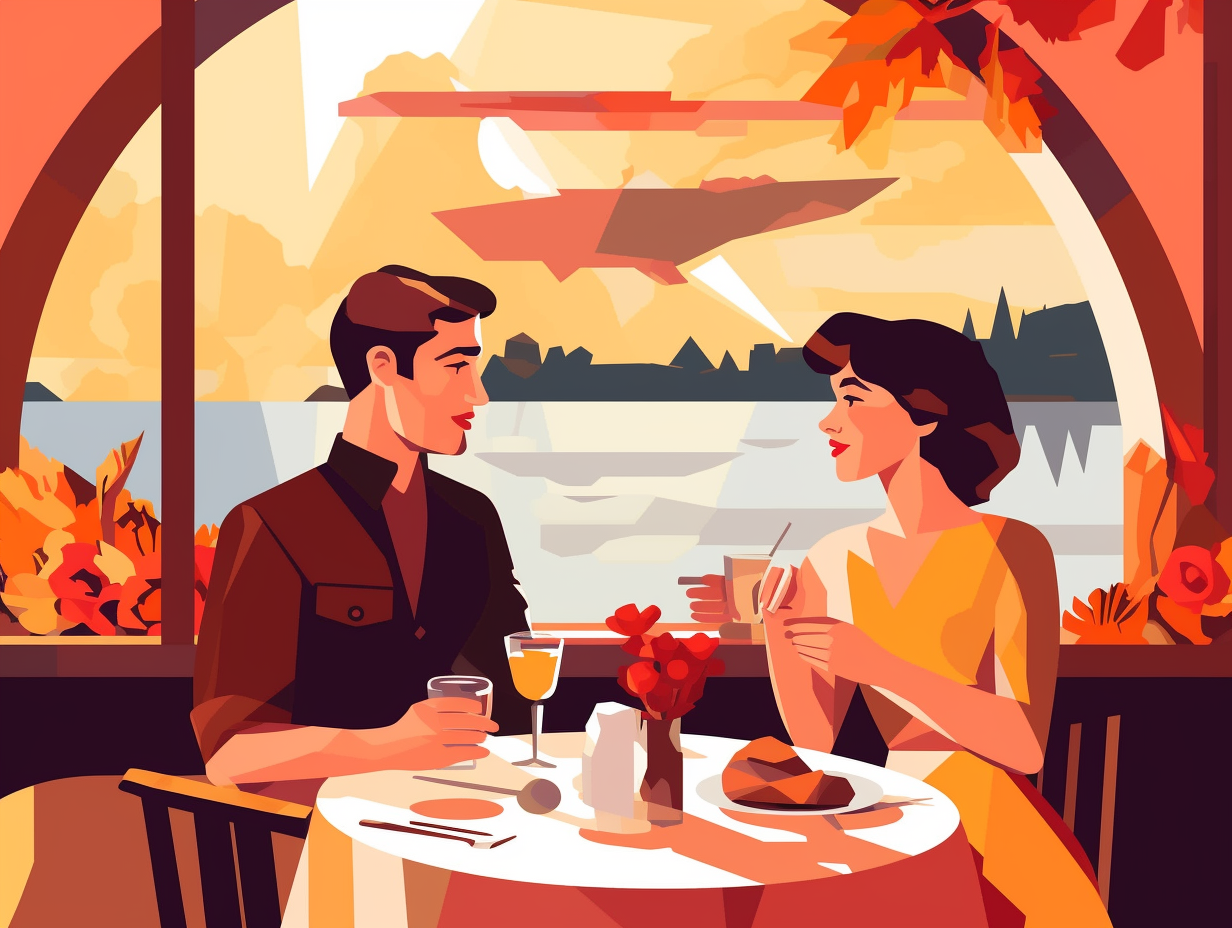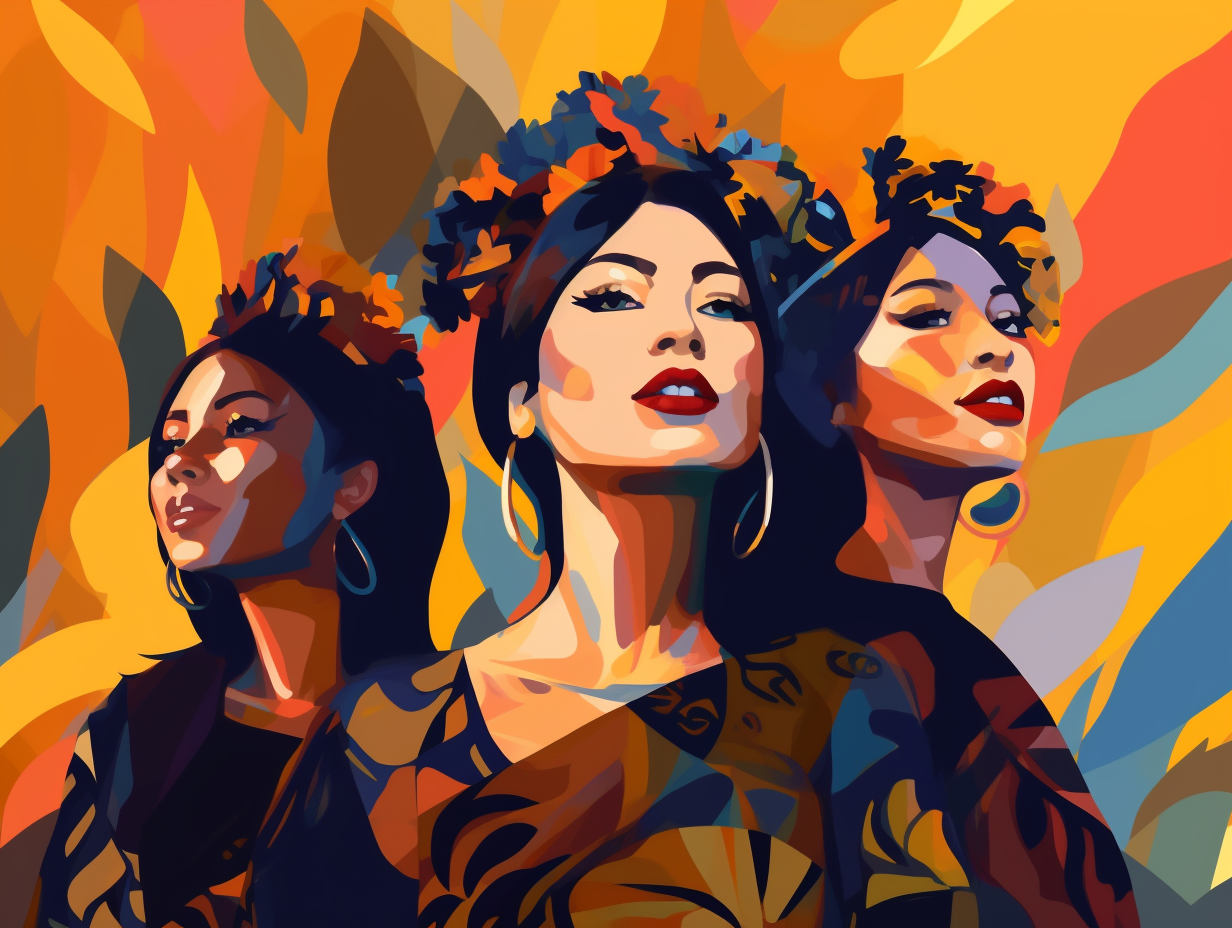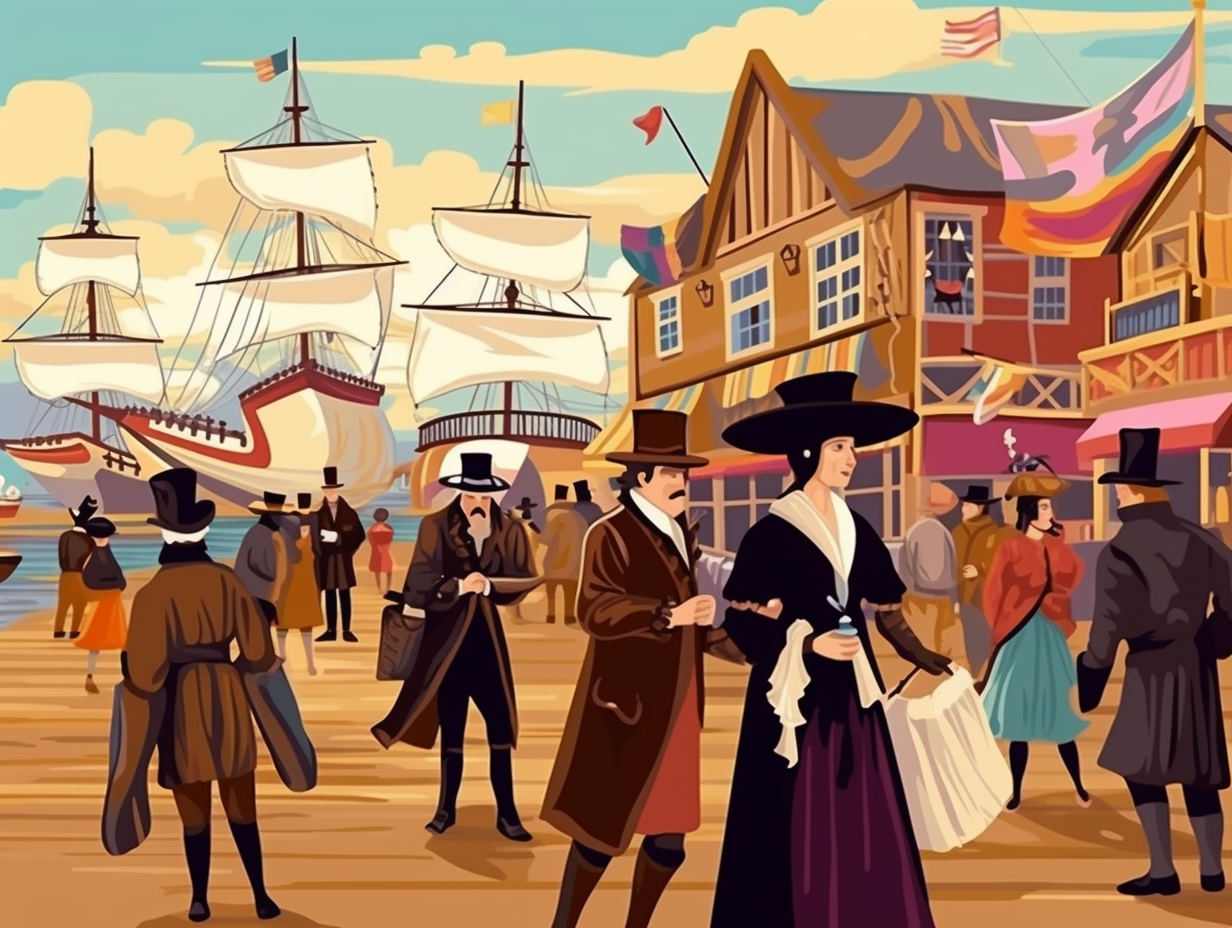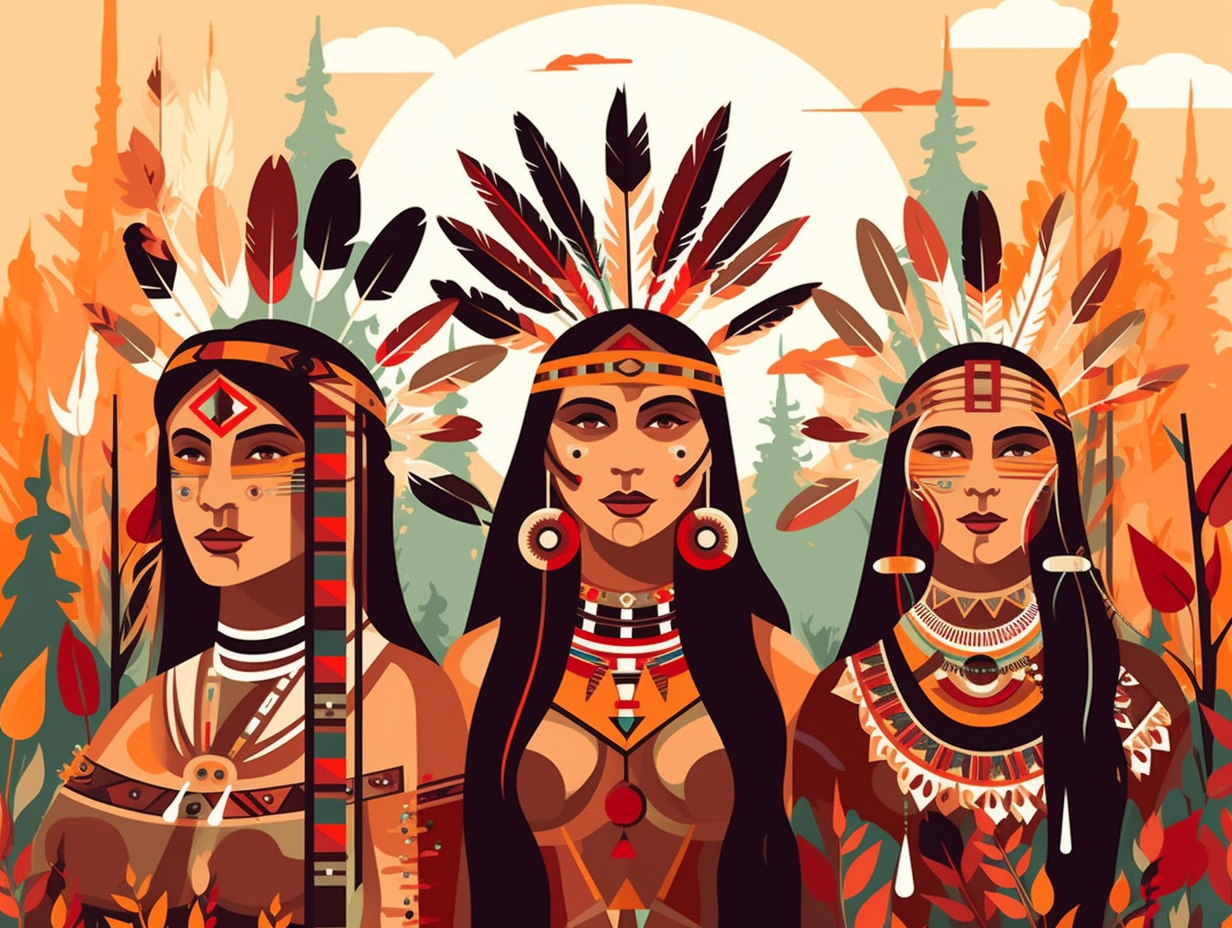Discover the Majestic Mughal Empire: Top 9 Fun Facts You Never Knew!
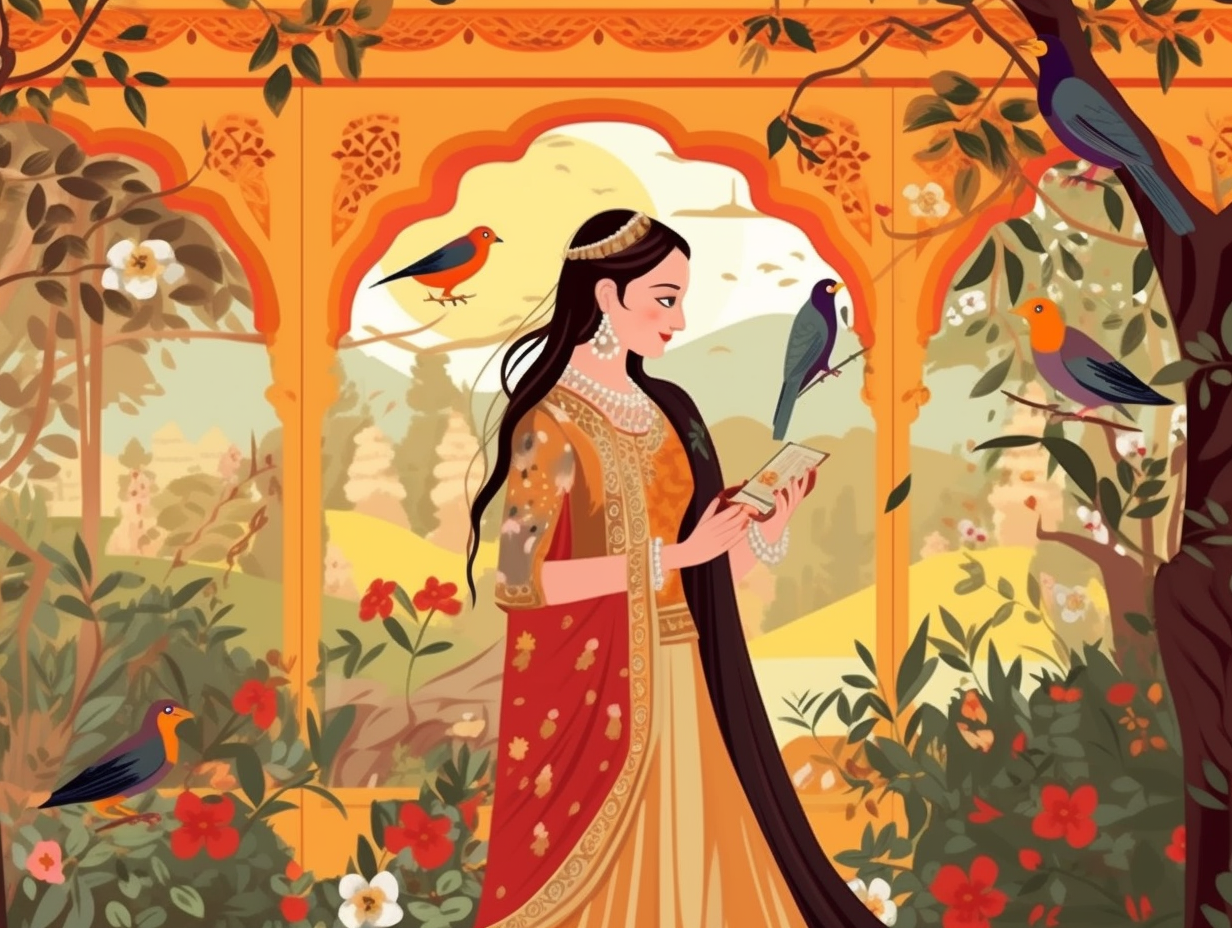
1. Peacock Throne Extravaganza
When Shah Jahan wanted to throw a dazzling party on his throne, he didn't just call up Party City for some glitzy garlands: he had the Koh-i-Noor diamond set in the head of a gemstone peacock, making the Peacock Throne an extravaganza that took seven years to create and costed four times more than the Taj Mahal. But all that opulence could only last so long, as the diamond journeyed through the hands of Persian ruler Nader Shah and the claws of 700 elephants, 4,000 camels, and 12,000 horses hauling his stolen treasures- eventually landing on Queen Victoria's royal tiara, while tickling our imagination with every sparkle.
Source => smithsonianmag.com
2. War Elephant Elephant Executioners
You know what they say: an elephant never forgets... to wage war! Akbar the Great had a knack for militarized memory too: The Mughal Emperor employed metal cylinder rockets called bans in the Battle of Sanbal, making his 5,000 war elephants and Sowars unstoppable in combat. Interestingly, these elephants weren't just for show – they also performed executions of those who dared to defy the emperor.
Source => indiaonline.in

Did you know Emperor Yongle of the Ming Dynasty had a zoo featuring a giraffe, which he believed to be a mythical qilin? This fascinating creature became a symbol of Afro-Sino cultural exchange! 🦒✨
=> Fun Facts about The-Ming-Dynasty
3. Akbar's Human Chessboard
Game of Thrones, eat your heart out: Mughal Emperor Akbar preferred a living chessboard of his own! In a twist on the classic Pachisi game, he had elaborate courts built in his palaces and used 16 colorfully dressed young slaves as the human pieces. These real-life game boards can still be found in Agra and Allahabad, complete with a gigantic stone centerpiece.
Source => columbia.edu
4. Shah Jahan's Red Fort Splurge
When Shah Jahan went on his own extreme episode of "Mughal Empire's Got Talent" in home building, he truly spared no expense: The Red Fort, showcasing his architectural prowess, had a whopping price tag of approximately one crore rupees, with half of that budget lavishly poured into the palaces nestled within the fort complex.
Source => frontline.thehindu.com
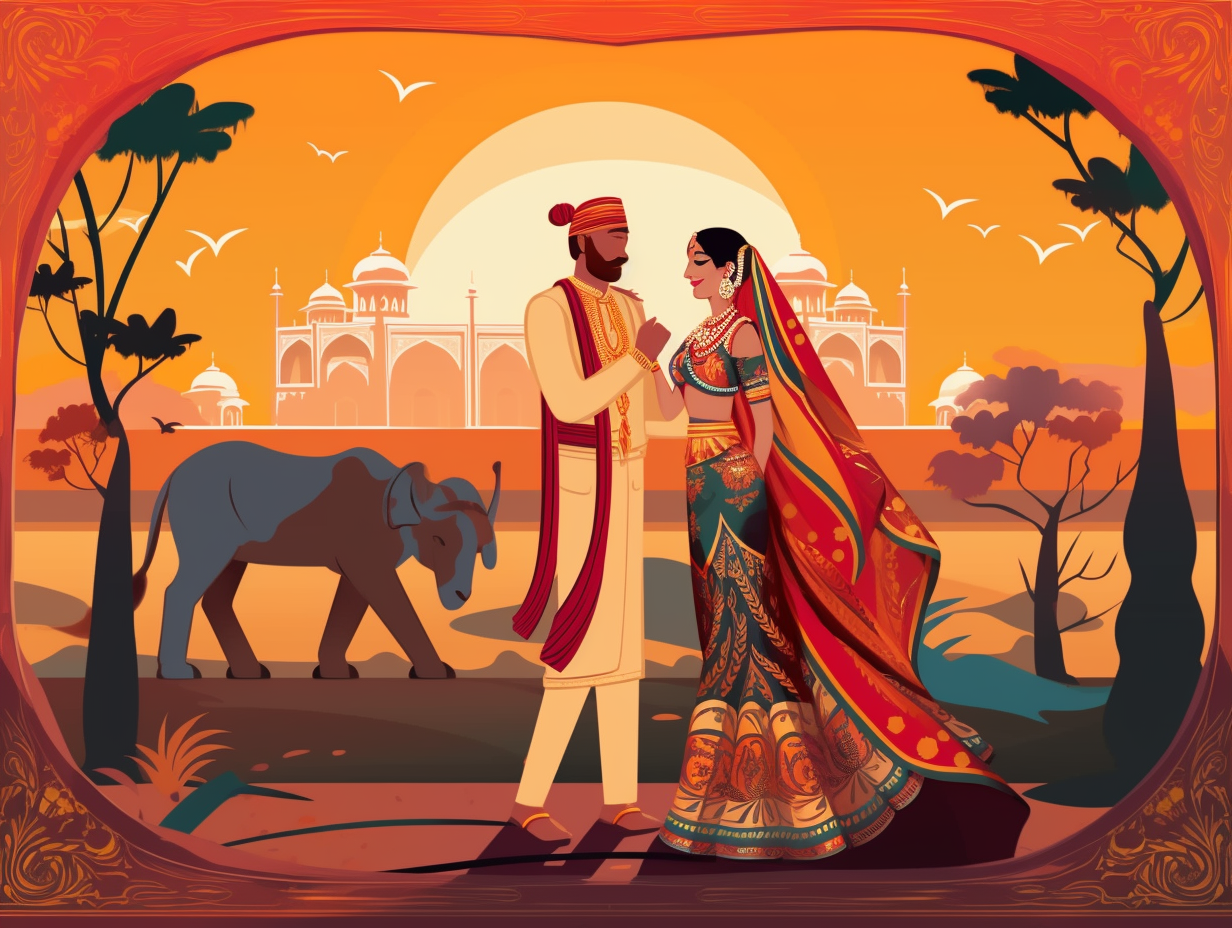
5. Humayun's Cosmic Calamity
You could say Humayun was quite the "star-crossed" emperor, quite literally tumbling head-over-heels for the final frontier: The Mughal Emperor Humayun built the Sher Mandal, a magnificent tower-library for his astronomical pursuits, but tragically met his demise by falling down its very steps in 1556.
Source => farbound.net
6. Salim Chisti's Baby-making Blessing
Who knew blessing someone with a baby could lead to major architectural projects? Say hello to Salim Chisti: a saint with a knack for granting sons and inspiring buildings! The serious reveal: When Sufi mystic Salim Chisti blessed Mughal emperor Akbar with a son, grateful dad went all out, constructing the grand mosque and mausoleum complex of Fatehpur Sikri in the saint's honor, leaving a monumental legacy in both spirituality and architecture.
Source => tajwithguide.com
7. Taj Mahal: The Billion-Dollar Love Shrine
If you think long-term relationships are hard, try building a monument for your beloved: Shah Jahan, the fifth Mughal Emperor, channeled his inner hopeless romantic by constructing the iconic Taj Mahal, a stunning white-marble mausoleum that took over 20 years to complete and became a symbol of eternal love for his late wife, Mumtaz Mahal.
Source => en.wikipedia.org
8. Mughal Grand Wedding
Who knew emperors threw the most extravagant billion-dollar weddings before it was cool? Behold the Taj Mahal: Constructed in the 17th century by over 20,000 artisans, the iconic monument cost ₹32 million at the time, equal to a whopping ₹70 billion (around US $1 billion) today, including a mosque and guest house, showcasing the pinnacle of Mughal architecture and a testament to India's opulent history.
Source => en.wikipedia.org
9. Squirrel Hairbrush Masterpieces
Mughal miniature painters didn't just squirrel away their skills: they literally sourced their brushes from our furry forest friends! : The Mughal Empire was renowned for its exquisite miniature paintings, created using squirrel hair brushes, natural stone and vegetable colors, and skilled techniques that achieved stunning detail and precision.
Source => pixels.com
Related Fun Facts



